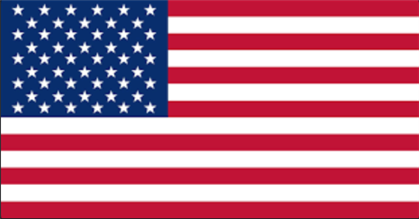1. Immigrant Visas
These visas are for individuals who wish to live permanently in the U.S. Some common immigrant visa categories include:
- Family-based visas: For close family members of U.S. citizens or lawful permanent residents (e.g., spouse, children, parents).
- Employment-based visas: For individuals with job offers in the U.S. in certain specialized fields or skills.
- Diversity Visa (DV) Lottery: For individuals from countries with historically low immigration to the U.S.
- Refugee and Asylee Visas: For individuals seeking protection due to fear of persecution in their home country.
2. Non-Immigrant Visas
These visas are for temporary visits, usually for a specific purpose like tourism, business, study, or medical treatment. Some common non-immigrant visa types include:
- B-1/B-2 (Visitor Visa): For business (B-1) or tourism (B-2).
- F-1 (Student Visa): For individuals coming to the U.S. to study at a recognized institution.
- J-1 (Exchange Visitor Visa): For individuals participating in exchange programs (e.g., scholars, researchers, interns).
- H-1B (Specialty Occupation Worker): For individuals with specialized skills working in the U.S. for a specific employer.
- L-1 (Intracompany Transferee): For employees of a foreign company being transferred to a U.S. branch, subsidiary, or affiliate.
- O-1 (Extraordinary Ability Visa): For individuals with extraordinary abilities in fields such as science, arts, education, business, or athletics.
Visa Application Process:
- Determine the appropriate visa: Identify which visa category suits your purpose for visiting the U.S.
- Complete the visa application: Most visa applicants must fill out the DS-160 form (for non-immigrant visas) or DS-260 form (for immigrant visas) online.
- Pay the visa fee: The fee depends on the visa type and is generally non-refundable.
- Schedule an interview: For most applicants, an interview at the U.S. embassy or consulate in their country is required. You may be asked to provide biometrics (fingerprints).
- Prepare for the interview: Bring supporting documents, including proof of your purpose of visit, financial stability, and ties to your home country (for non-immigrant visas).
- Attend the interview: During the interview, a consular officer will ask questions to determine your eligibility. The decision on your visa application is typically made after the interview.
If your visa is approved, you will be issued a visa stamp in your passport, allowing you to travel to a U.S. port of entry. Upon arrival, U.S. Customs and Border Protection will decide whether you can enter the U.S. or not.





